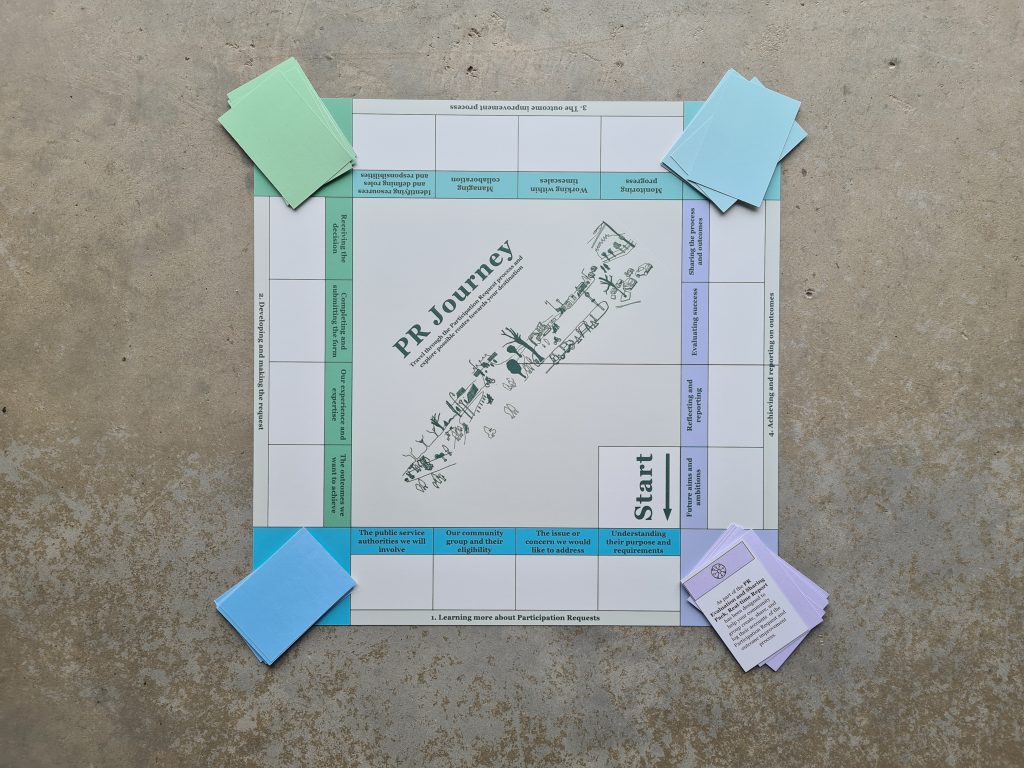By Phil Mills Bishop – Chairperson Stonehaven & NE Scotland Twinning Group

It is said that the path of Good Intentions can lead to hell and opposite outcomes emerge to what was intended. However, while there is no doubt in my mind, having been involved as a lay person at the very start of the Community Empowerment Bill deliberations of the good intentions of the Scottish Government and its desire to get Communities to have a right to be involved in the fundamental decisions made by regional institutional bodies-boards such as: NHS, Police, Local Government, Tourism, Environment, Energy, Water, Transport, etc., the reality as shown by the evidence and data culled from a number of reviews including this most recent, led by The Glasgow School of Art, is that while there is some success in parts of the Act (as with a curate’s egg) such as Community Asset Transfers and related Participatory Budgeting initiatives, this has not yet happened with PRs.
Why? Well the answer is a combination of things.
Firstly the Act and PRs in particular, even after a number of years on the Statute Book, is just not widely known within communities. Moreover, there has been little regional promotion of community’s rights and opportunities, and limited dedicated resources within PSAs to the communities they purport to serve. Even more damming is a historically institutional resistance from PSAs to what they consider those qualified to serve on such bodies’ boards. Recently a new cadre of officials are more inclined to having ‘community representatives’, but there are still very few successful PRs and certainly fewer PR representations on strategic-budgetary issuing PSA boards.
Equally, communities themselves need to be more proactive in engaging with the provisions and rights contained within the Act. This would be helped by extending the definition of a CPB and the mechanics of making a PR simplified so that those making such requests can more easily understand, draft and 50 submit them and where necessary have access to professional expertise and funds to cover any costs of such expertise. Moreover, that a representative of the CPB submitting the PR be co-opted onto the respective board to ensure that the PR is fully explained and supported. Additionally the process of review and particularly refusal by the PSA is more transparent and rigorous with absolute right of appeal by the CPB to Scottish Ministers who can either take the appeal directly or pass it to a Statutory regulatory body e.g., on social-tenant housing the Scottish Housing Regulator.
The participants in The Glasgow School of Art co-design group having looked at all aspects of PRs recognised that CPBs need more support in understanding PRs within the Act. One idea was that of a visual aid where the PR Journey is played out as a fun-learning strategic board game. Based on this a prototype has been produced but resource will be needed to make this a finalised product and also translated it into a virtual version that encompasses all aspects of the Act which would be available to CPBs and indeed introduced into Secondary Schools as part of the Curriculum For Excellence…Good Citizenship for fifth and sixth year pupils. In reality it is many of these pupils who will be likely ‘independent’ residents within respective communities of the near future, and the PR Toolbox will help them to shape the communities they will likely inherit.
